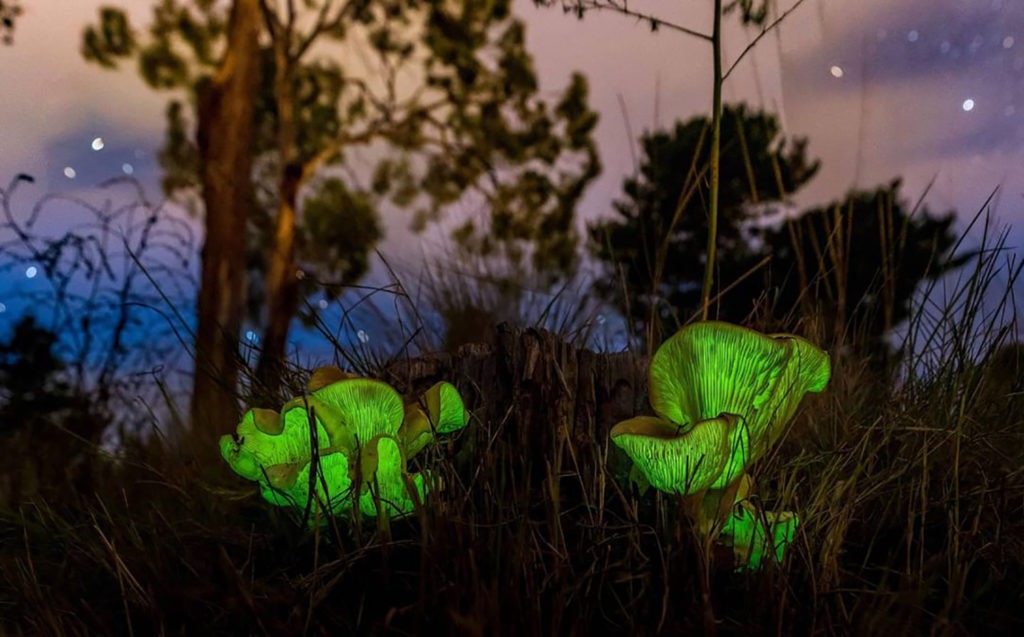Death cap warning this foraging season
After the wet summer we’ve had, wild mushrooms have been springing up around Australia. As mushroom foraging is becoming an increasingly popular activity, particularly in autumn, the Food Safety Information Council (FSIC) is warning people to be extremely careful around wild mushrooms because of deadly death cap mushroom poisoning.
“The poison in one death cap mushroom is enough to kill a healthy adult,” says FSIC Chair Cathy Moir. “In 2012, two people died after eating the deadly mushrooms at a New Year’s Eve dinner party in Canberra, and in 2014, four people in the ACT were seriously poisoned.”

Death cap mushrooms can appear any time of year but are more common during autumn after a week or two of good rain. They’ve been found in the ACT, in and around Melbourne, in Tasmania and in Adelaide. They’re not native to Australia and are often found near oak trees, where they grow in warm, wet weather. The similar native marbled death cap mushrooms have been found in Western Australia, although these may not be as toxic.
“While no cases have been reported in other states, it’s possible that death caps also grow there,” Moir says. “They’re difficult to distinguish from some other wild mushrooms, so we recommend you play it safe and only eat mushrooms purchased from a reputable source.
If you do decide to go mushroom foraging, make sure that you always go with an expert, who can identify which mushrooms are poisonous.
“People born overseas, especially in Asian countries, should be aware that death caps can look like edible mushrooms they may have gathered in their home countries,” Moir says.

The toxin in death caps isn’t destroyed by peeling, cooking or drying. Symptoms of poisoning include vomiting, diarrhoea and stomach cramps and usually appear 10 to 16 hours after eating. These symptoms may ease for a few days before a terminal phase begins.
“Without early, effective medical intervention, people may go into a coma and die after two or three weeks of liver and kidney failure,” Moir says.
There are also other wild mushrooms in Australia that can make you seriously ill. These include the Cortinarius (webcap) and Galerina, the ghost mushroom (commonly mistaken for oyster mushrooms) and the yellow staining mushroom, which resembles a field mushroom and is the most commonly ingested poisonous mushroom in Victoria and NSW.

Moir also warns parents that many cases of mushroom poisoning occur through accidental exposure in young children, who have a natural inclination to put things in their mouths.
“So keep an eye on them when outdoors,” she says. “Parents, schools and childcare workers should regularly check outdoor areas and gardens for mushrooms and remove them to reduce the risk of accidental poisoning. This will also protect your pets.”
If you suspect you’ve eaten a death cap, don’t wait for symptoms: go to a hospital emergency department, taking the mushroom with you if you can. You can also call the Poisons Information Centre on 13 11 26 and the Animal Poisons Hotline on 1300 869 738.









